
Do you find yourself with a free day in Lima, Peru and wonder what to do next? You’ve already visited the numerous museums and enjoyed the world renowned cuisine that the country has to offer. Now you’ve set your sights on something more historic. Why not the famous Huaca Pucllana pyramids!
Nestled in the bustling district of Miraflores, you’ll find a place in stark contrast with the industrial world around it. One of just many ancient monuments to explore, Huaca Pucllana is especially impressive as far as Peruvian ancient ruins, considering it is one of the oldest in Lima!
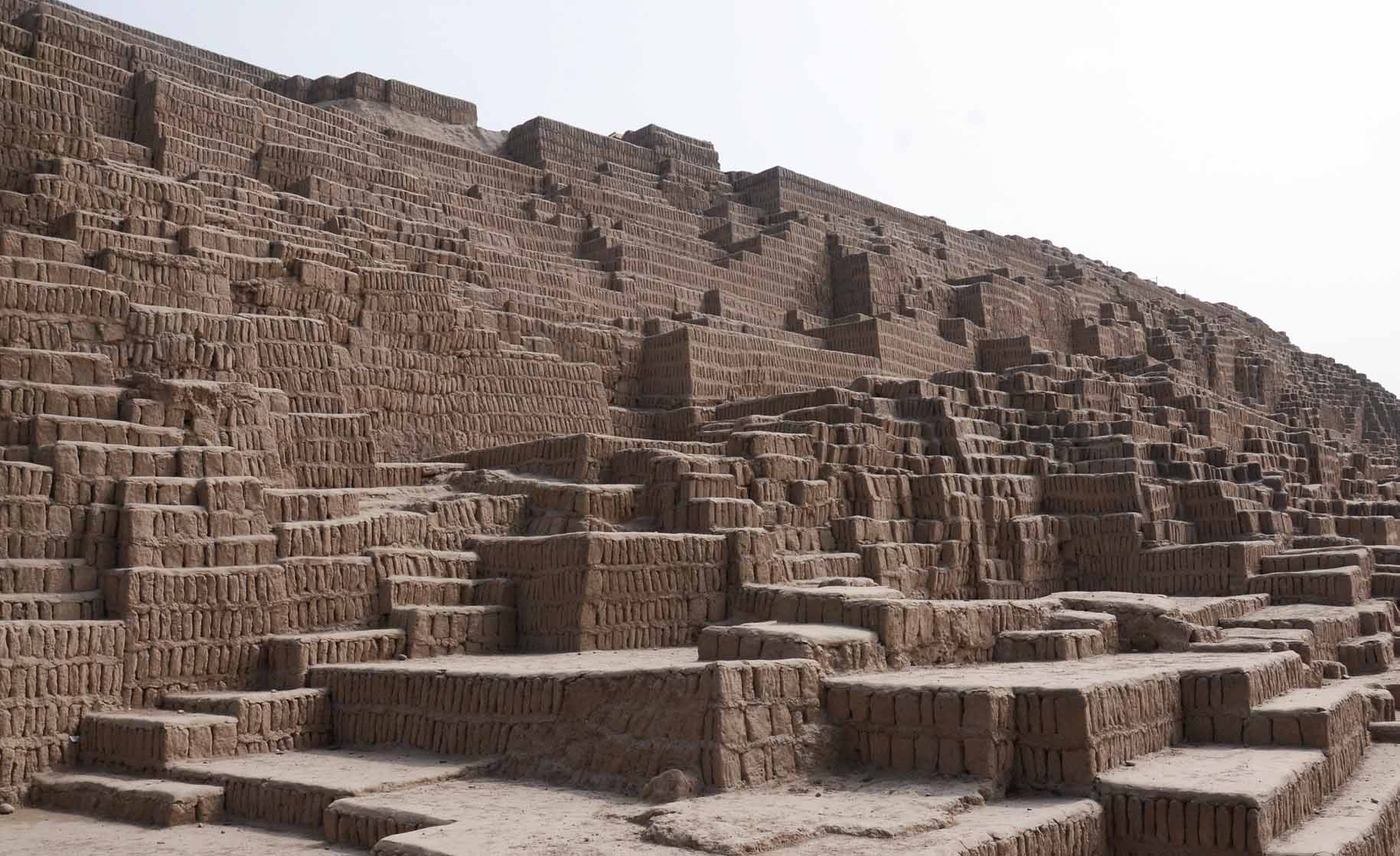
Looking up at the Huaca Pucllana pyramid. Photo by the Municipality of Miraflores on Flickr.
One of the first questions you might ask is, what are Huacas? In Quechua, one of the native languages of the Andes Mountain range, huacas (or wak’as) can be an object or a monument that is revered for its cultural and religious significance to the Inca people.
At the turn of the first millennia, sometime around 200 a.d., the Lima culture began construction on the huaca. As with many buildings at the time, the process was laborious and time consuming, but necessary. Then in the 400’s, as population size exploded, the occupation of Huaca Pucllana grew dramatically.
So in a country where 3% of the land is arable, and of that only 0.5% is suitable for long term agricultural activity, choosing the best spot was crucial. With quick access to the ocean as well as a close proximity to the Rímac River, the huaca’s location is no surprise. And with irrigation being such an integral part of settlement, it was imperative to have a base capable of these processes.
Lima Tours:
From historical clues it appears that the ruins served two main purposes, highlighted below.
The first purpose focused on the success and expansion of the Lima culture. The western section of the ruins were utilized as an administrative and regulation center. Evidence also shows that other complexes were used for the storage of agricultural products. In addition, high ranking members of the community required spaces to conduct meetings regarding strategy.
The structure also allowed clergymen of the day better oversight of the surrounding natural resources. Having control and quick access to both fresh and saltwater was integral in helping this coastal community flourish and spread.
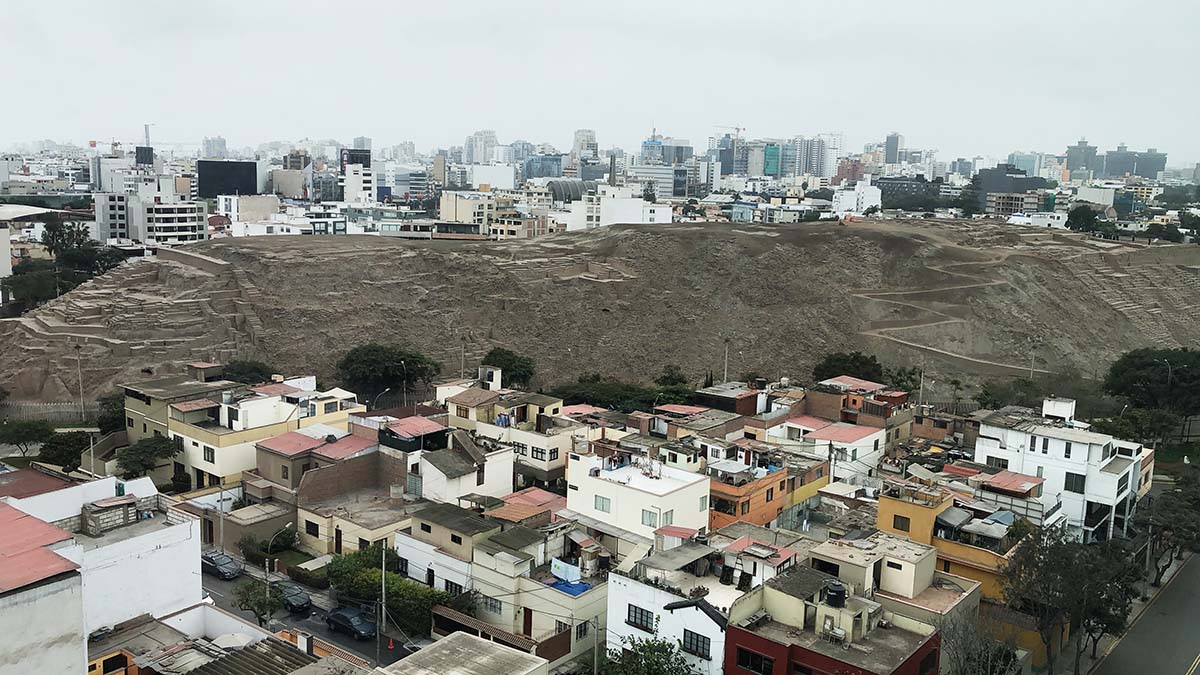
View of Miraflores, Lima from atop Huaca Pucllana. Photo by Adriana Proaño of Peru For Less
On the other side of the compound, you’ll find the second and more spiritually significant portion of Huaca Pucllana. Indigenous religions have adapted throughout time, and a structure like this was probably built to honor the god, Pachamama. Also a word in Quechua, Pachamama is the Andean equivalent to Mother Earth.
Because it was believed to have a divine connection, the 72 foot, or 22 meter Peruvian temple was likely reserved for religious rites and ceremonies held by the communities high priests. Furthermore, it was used for grand feasts and ritual banquets
But there has been other speculation as to the purpose of the pre-Incan Huaca during times of uncertainty, such as a year of drought or poor harvest. Offerings were a common way to combat these issues, although sometimes a desperate problem may have called for a drastic solution. For this reason, it is very likely that human sacrifice appeared as one of the main methods of appeasement to the Gods.
Around the year 700 a.d., for reasons most likely political and social, the Lima culture moved away from Huaca Pucllana. After that, it found new keepers in the Wari culture. The Wari people, who hailed from Ayachuco, had already begun their expansion years prior to encountering the abandoned Lima pyramid.
Nearly 100 years later, they had successfully converted the upper parts of the monument into a tomb for the aristocracy. In this process, parts of the original structure were damaged or destroyed to accommodate its newly realized purpose. This fact remained a mystery for centuries and was only confirmed as recently as 2008. Archeologists first unearthed three bodies buried in the ruins. Among the bodies, they discovered a child who appeared to have been sacrificed, lending more proof to the theory of the pyramid’s sacrificial history.
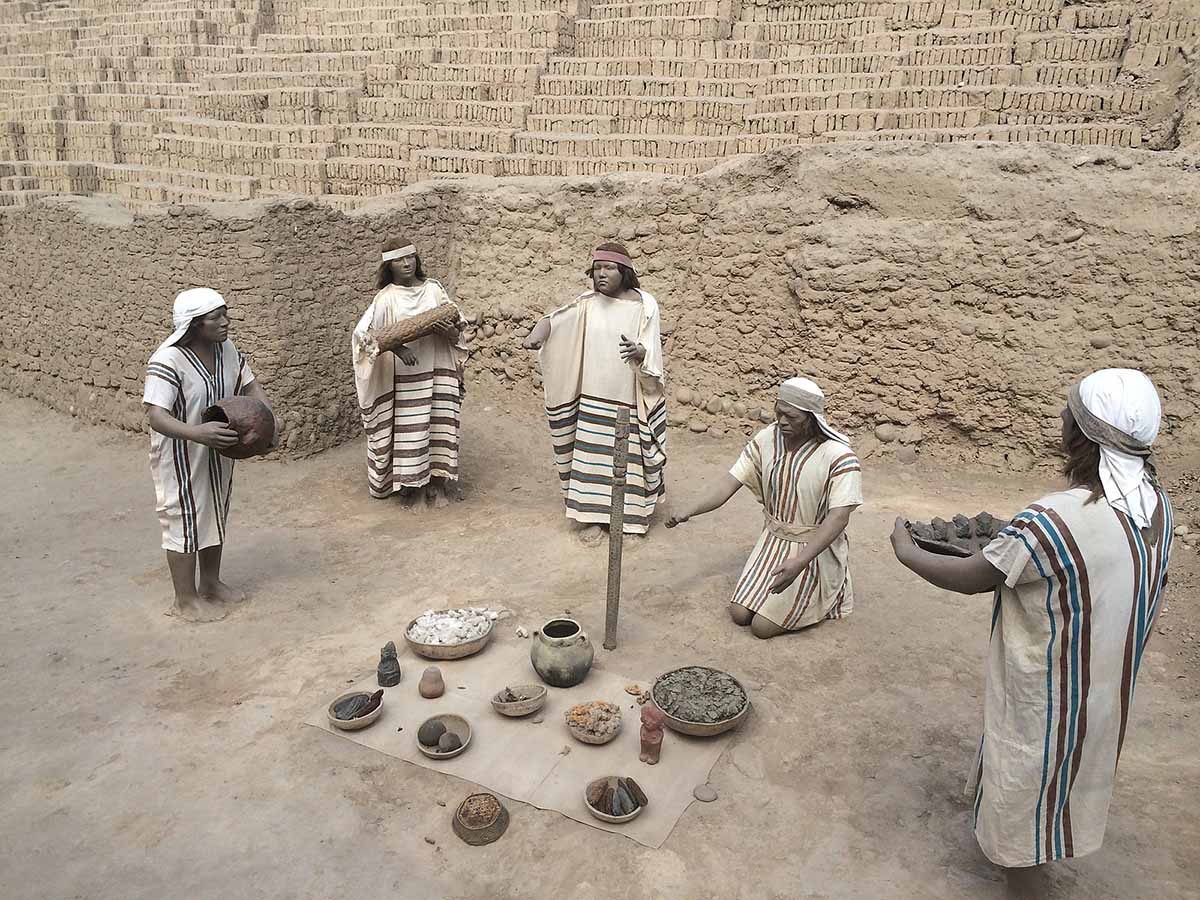
Statues depicting a religious ceremony in the ruins. Photo by Paulo JC Nogueira on Wikimedia Commons.
The site has been reduced to a third of its original size due to rapid expansion and urbanization in the mid 1900’s. Today only six hectares of the original historical monument remain. Fortunately, the Peruvian government has made necessary preservation efforts to keep the huaca intact for years to come.
Below you’ll find all the information needed to plan your visit to the site.
So, now that you know the history, how would you go about visiting some of the oldest ruins in Peru? Easy!
Thankfully, they have survived the test of time, despite the buzzing city surrounding them. Conveniently located in the capital city of Lima, the Huaca Pucllana ruins sit only two kilometers from the Costa Verde, famous cliffs overlooking the Pacific Ocean.
There are plenty of ways to visit this Peruvian pyramid:
Guided tours of the site are included within the price of the entrance fee. Both English and Spanish tours are available. You will get to see the exhibition hall and pyramid, as well as a full tour of the museum which contains artifacts from the original Lima culture. Because all of the guides are experts in everything Huaca Pucllana, feel free to ask questions during the approximate 1 hour visit.
For groups of 20 or more it is recommended that arrangements are made ahead of time in order to get the most out of your visit. The cost per group is S / 30.00.
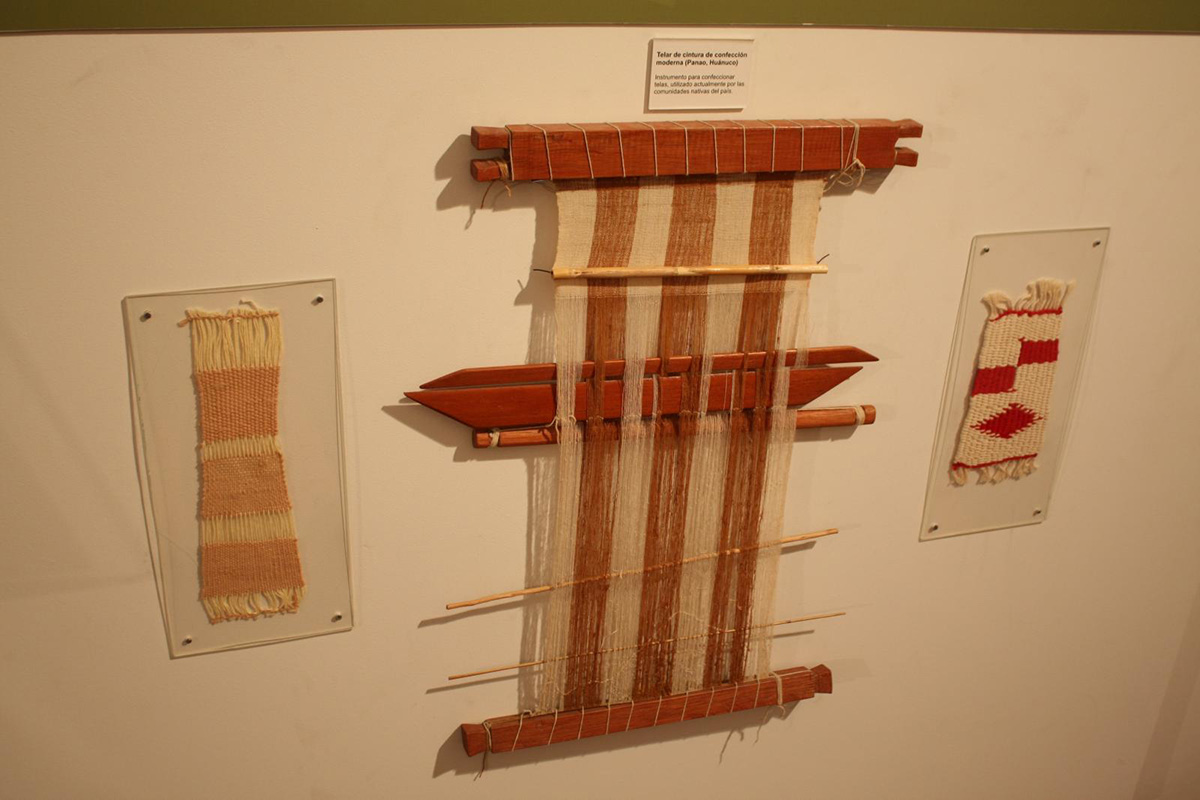
Traditional tapestry found in the Huaca Pucllana Museum. Photo by Jon Roberts on Flickr.
You’ll find that times are flexible, which is perfect for a free day in Lima. Huaca Pucllana’s hours of operation are as follows:
Mid-day Tours:
Wednesday – Monday from 9:00 a.m. to 5:00 p.m.
General admission: S / 15.00
Reduced ticket: S / 7.50 (children up to 12 years old, higher education students, teachers)
Entry: S / 1.00 (Schoolchildren)
Night Tours*:
Wednesday – Sunday from 7:00 p.m. to 10:00 p.m.
General admission: S / 17.00
Reduced ticket: S / 8.50 (children up to 12 years old, older adults)
*Keep in mind that for safety reasons the night tour does not offer a visit to the very top of the pyramid.
Holidays closed: January 1st, Good Friday, May 1st, July 28th, December 25th and National Election days.
Click here for more information about the hours and rates.
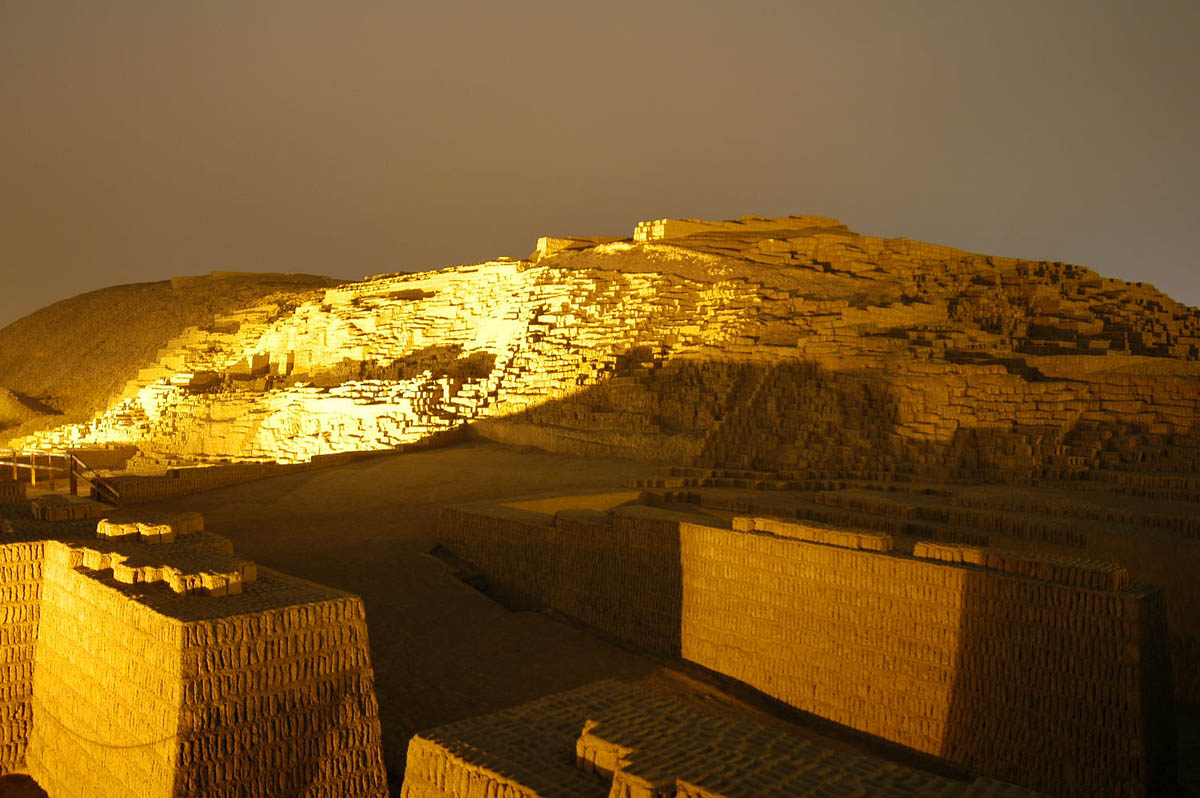
Huaca Pucllana illuminated at night. Photo by the Municipality of Miraflores on Flickr.
You’ve finished the tour with time to spare and feel hunger creeping up. You’re in luck! The highly rated and deliciously authentic Huaca Pucllana Restaurant is located right next to the temple.
The talented chefs, Marilú Madueño and Andrea Massaro, and restaurant promoter Arturo Rubio, guarantee a unique dining experience. With a culinary philosophy specialized in sharing the complex flavors of Peru, you’ll find top dishes like Lomo Saltado (marinated sirloin with onions, tomatoes, rice, and french fries) and Ceviche (raw fish cured in fresh citrus juice with onion and spices).
The Huaca Pucllana restaurant prices are reasonable and similar to other eateries of the same quality. With so many delicious options that won’t break the bank, you’re sure to find a plate on the menu to satisfy whatever craving may come.
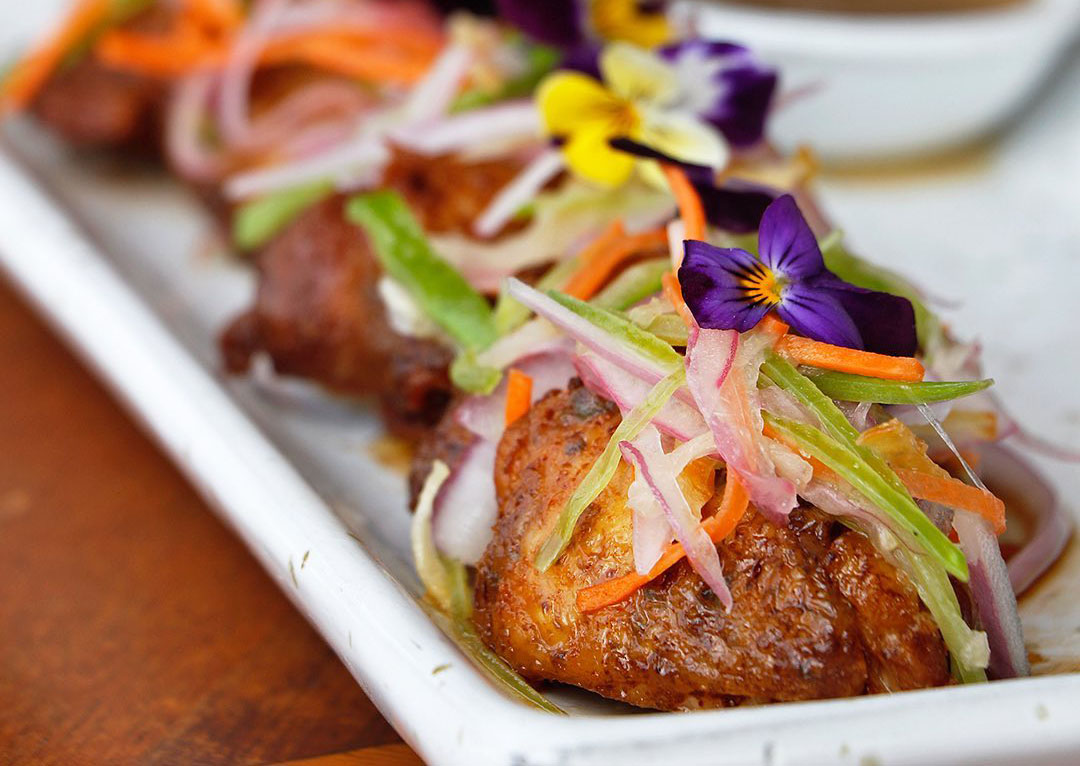
Exterior view and landscape of the Huaca Pucllana Restaurant. Photo by the Huaca Pucllana Restaurant.
A few things to keep in mind for your tour of the Huaca Pucllana Pyramid:
With all of its rich culture, historical significance, and unique location, Huaca Pucllana is a must see destination for all types of travelers.
We know it can be difficult to decide on the best itinerary for your dream vacation to Peru. Connect with one of our Travel Advisors and start planning your Peru adventure today!



Email: [email protected]
Sign up to receive our newsletter for great articles, stunning photos, and special deals.